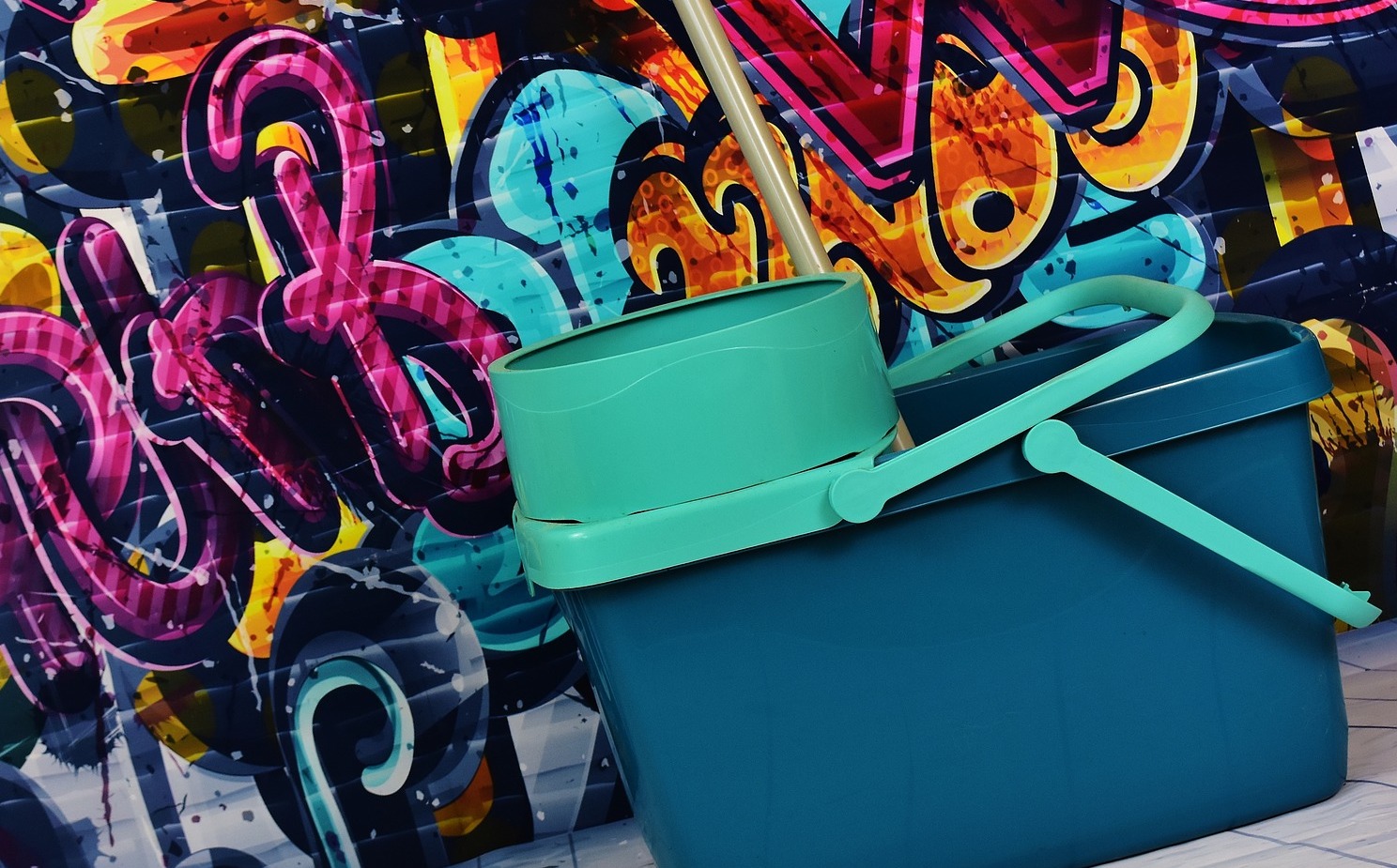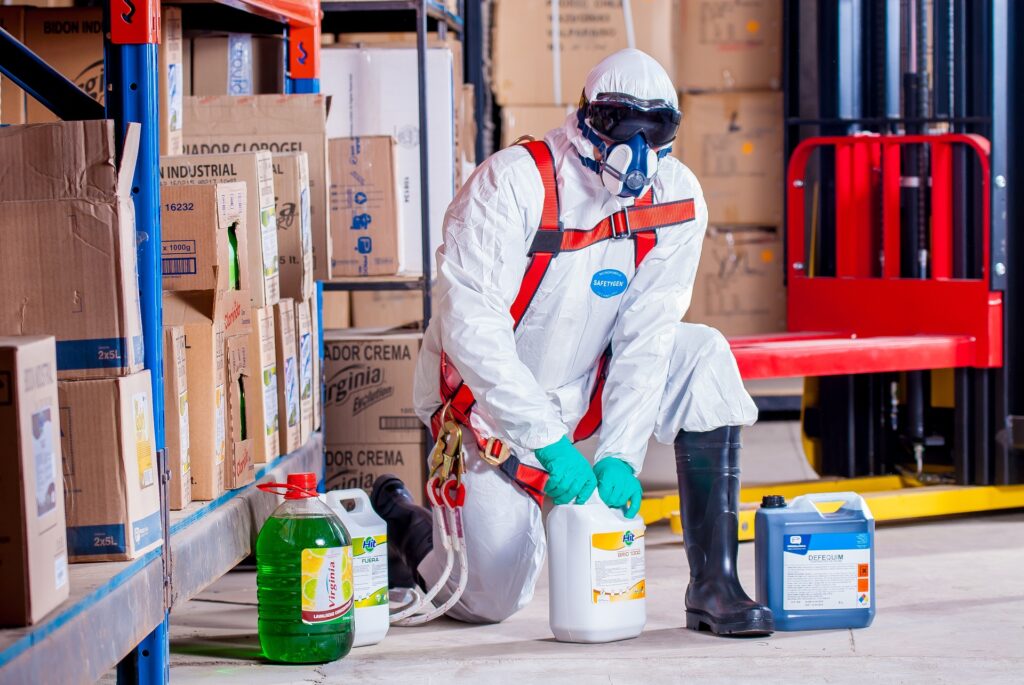
What are the Best Graffiti Removal Techniques?
by Alfredo Mendoza, onGraffiti RemovalPressure Washing , November 11, 2021

by Alfredo Mendoza, onGraffiti RemovalPressure Washing , November 11, 2021
Finding the best graffiti removal techniques and strategies may be a tedious and time-consuming process for many property owners. Graffiti can take up to three years before it ultimately fades away, but there are ways to make the graffiti disappear much quicker.
This blog post will discuss different tools and techniques that professionals use when removing graffiti from various surfaces. Let’s get into it!
In this article:
There are a few incredible graffiti artists in the world, yet it appears that most of the time, graffiti is senseless vandalism. If your property is vandalised with a “tag,” here’s what you should do next.
Is it Permanent?
You should first consider if the graffiti was done with permanent markers or paint. Some graffiti media may be washed away with water or a pressure washer. If you have a permanent “art piece” on your hands, it’s time to try something more potent.
Different sorts of surfaces need distinct cleaning methods. Here are the most effective strategies for eliminating vandalism, regardless of the surface type.
Graffiti removal is easier on smooth surfaces like metal and glass (street signs, windows, etc.). Try a small amount of cleanser in the area to test for removing paint; if it comes off without requiring additional chemicals, you should be OK with just elbow grease. Continue to clean the graffiti until it has been removed by scrubbing with cleaner.
Graffiti is especially difficult to remove from rough surfaces. Porous materials like bricks or cinder blocks may require additional cleaning agents. Begin by applying a generous amount of cleanser to the surface and waiting for it to soak in. Scrub the graffiti with an abrasive pad or even steel wool until it is removed. It is likely that you will require pressure washing.
Even after the paint has been scraped away, a distinct discolouration remains—a clear indication of vandalism. In many situations, the whole wall needs to be repainted.
If you need more information on how to deal with rough surfaces, check our ultimate guide to remove graffiti here.
Professional graffiti removal services can be expensive, but DIY may end up costing you more! If anyway you want to give it a try first, here are a few tools you should consider:
You may also be interested in The downsides of DIY pressure washing.

You can find several commercial-grade graffiti removing solutions available for more extensive or more demanding jobs. Make sure to follow all necessary safety procedures, as most of them should only be used in well-ventilated rooms. Industrial cleaners are frequently strong enough to require the use of a respirator rather than a basic dust mask. They’re still quite efficient tools for removing graffiti from cars and other surfaces.
Before using any of these products, make sure you do some research beforehand! Your council may advise what safe chemicals to use in case you want to DIY are. Nonetheless, we think it is better to hire a specialist for big jobs to avoid the hassle and any potential health hazard.
For more information on hazardous substances and safety basics, you can refer to Work Safe Victoria.
We highly recommend you hire a professional for large graffiti removal jobs. There are real risks involved in using commercial grade graffiti removing chemicals, and it’s best to leave it up to the professionals. It is better to be safe than sorry!
If your council offers a graffiti removal program – make sure you take advantage of this service as they will only use chemicals known not to cause harm.
Time is essential! You have a better opportunity of removing all of the paint, marker, or wheat paste if you remove it before the paint has dried. Graffiti becomes more challenging to remove as it dries.
If you don’t get a professional to attend to the issue, you’ll probably need to repaint. It is considerably more difficult to remove graffiti than it is to put it up in the first place. When someone defaces a painted surface, you’ll almost certainly need to paint over the damage with matching paint.
If your red brick was defaced, you might look for a graffiti removal company that uses biodegradable emulsifying cleaners. It’s complicated to clean brick on your own without damaging the brick.
If your painted fence is damaged, a quick paint-over will be the most outstanding solution. If vandalism frequently occurs in your area, keep plenty of matching paint on hand, and it would be wise to think of a protective coating.
Ablate Specialists use the best graffiti removal techniques and strategies and are fully insured!
Graffiti is a frustrating problem for both property owners and law enforcement. However, this post should help you understand the best graffiti removal strategies and techniques to get rid of graffiti on your own or with minimal assistance from professionals. We also mentioned some essential tools that will make it easier to remove tags without harming the surface beneath them.
But before we go any further, we want to remind you how hazardous industrial cleaners can be if they’re not used correctly; always follow safety guidelines when using these products.
We hope that this blog post has helped you better understand the graffiti removal process. Now it’s your turn to get out there and clean up some of those pesky tags!